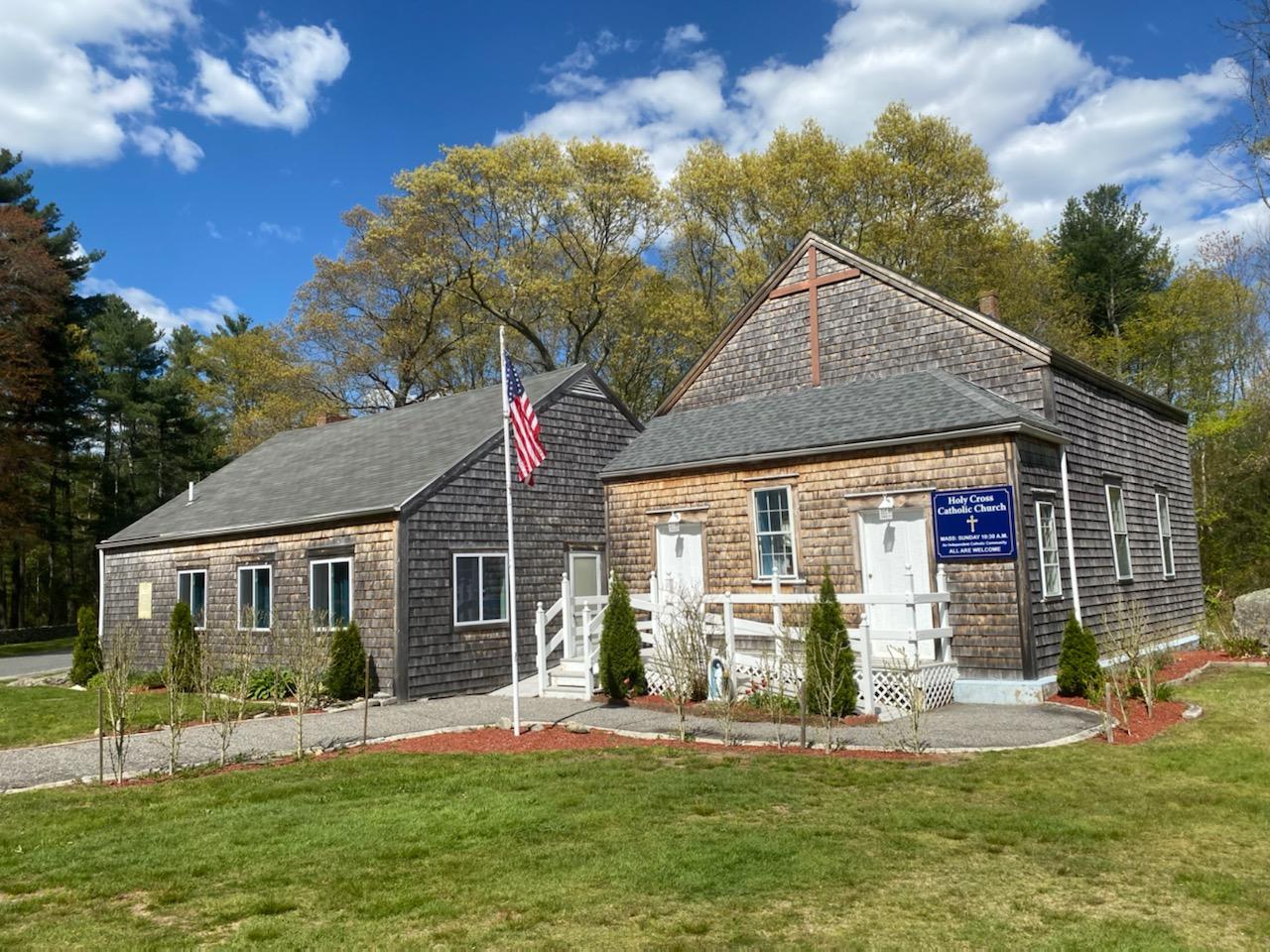
Church History
Hornbine
Baptist Church
Rehoboth, Massachusetts
1753
The beloved children’s book and once popular TV series. “Little House on the Prairie’, dramatized for us an 1800’s American family who, along with members of their community, lived simple and rugged lives coupled with a unique blend of laughter and love.
Through the writings of Laura Ingalls Wilder and the magic of television Americans fell in love with the Ingalls family and all that they characterized: happiness, hard work, honesty, integrity, and family values. Scenes of the Ingalls’ family, riding their horse drawn wagon to Church, and seated together singing hymns at Sunday Worship, portrayed for us a nostalgic era in American history when the wholesome family life was revered.
In 1753, some 100 years before Charles Ingalls moved his family to the prairies of Oklahoma; similar scenes were being lived out in the small town of Rehoboth, Massachusetts. Sunday Worship for this small community was carried out in their newly constructed meeting place, which these devout Christians named, “The Church of Christ in Rehoboth”; known today as the Hornbine Baptist Church. It was a time in American history when the British flag hung from the flagpoles; Betsy Ross would not sew the Stars and Stripes for another 23 years. In the ranks of the Virginia Militia was a 21-year-old major named George Washington. This Congregation would see another 22 years before Paul Revere would take his historic “Midnight Ride”, and it would be 127 years before Thomas Edison would invent the lighting device that would one day replace the candles and lamps that light the Church on those dreary winter Sunday mornings.
The seeds from which the Hornbine Congregation sprouted were sown on America’s soil just 133 years earlier. The Pilgrims also were a community of believers who drew strength and purpose in life from a relationship with Jesus Christ. Leaving the familiarity of their European homeland, the Pilgrims pursued the freedom to live committed and intimate lives with their resurrected Savior, far removed from the perversities of the institutionalized church they had left behind. The price these sojourners paid for that freedom is almost incomprehensible.
Historians tell us that following the first pilgrim winter,
“…they had lost forty-seven people, nearly half their original number. Thirteen out of eighteen wives had died; only three families remained unbroken.” (*)
Could a relationship with God be that real, that men and women would jeopardize their own lives and the lives of their children to have it? Did these people really know God, really know him? Does the God of the 1600’s the 1700’s and the 1800’s still make himself personal and relevant today?
We often shroud the spiritual lives of those who lived before us in a romantic mystique, neglecting the fact that for these historic figures it was not a nostalgic image; it was real life. Is this way of life for an era gone by? Does God reveal himself to people in the twentieth century? Did Jesus actually rise from the dead? Can a person know for sure if they’re going to heaven? Or must they wait for a day when God will weigh their “goods” against their “bads”?
The Christian community that planted the seeds of the Hornbine Baptist Church back in 1753 committed themselves to knowing and answering these kinds of questions and spreading the message of God’s forgiveness and acceptance. Today, within those 268 year old church walls, these questions are still being answered.
*The Light and the Glory (Peter Marshall David Manuel 1977)
The members of Hornbine Church encourage you to attend your local Church and to grow in your personal relationship with Jesus Christ.